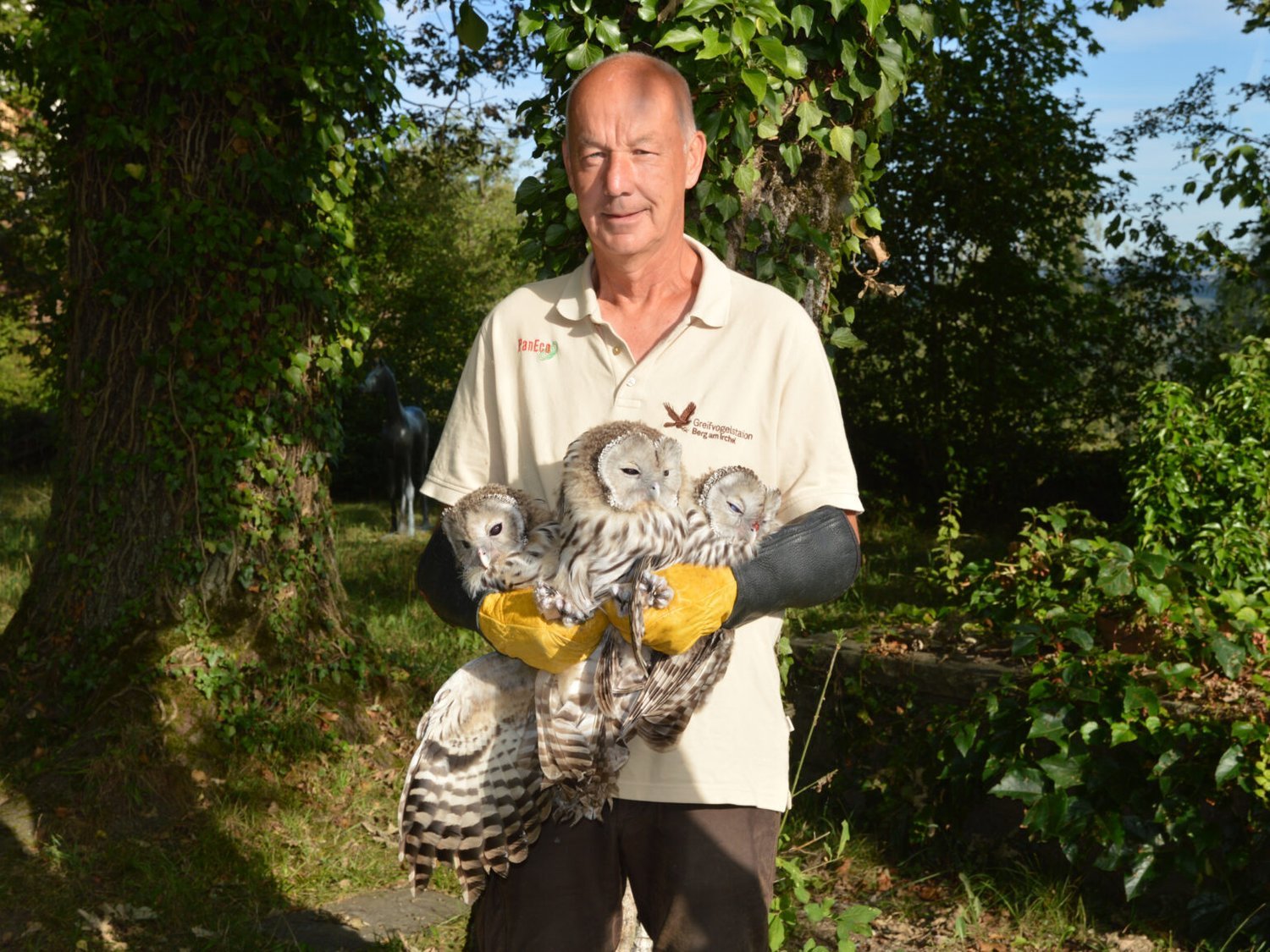Commitment to Biodiversity
As part of a reintroduction project led by the University of Vienna, the Eurasian Eagle-Owl, which was once considered extinct in Central Europe, has successfully been reestablished in the region. To ensure the sustainable reintroduction of this species, a significant number of young owls are needed. Since 2011, Europe's second-largest owl species has been selectively bred. A Europe-wide network of zoos and breeding stations, including the Berg am Irchel Birds of Prey Station since 2015, is involved in this breeding effort.
The young owls are then released into two forest areas in eastern Austria (the Vienna Woods Biosphere Reserve and the Dürrenstein Wilderness Area). These new populations in eastern Austria form a vital bridge between existing populations in Slovenia and Italy as well as those in Germany, helping to ensure gene flow and ultimately the survival of these rare large owls.
The sponsorship by the Hilti Foundation enables the breeding of additional young owls:
In 2023, one young owl was successfully raised—a small but significant contribution to the promotion of biodiversity in Central Europe.
In March 2024, the female Eurasian Eagle-Owl laid a total of five eggs, which are expected to hatch in early April.



